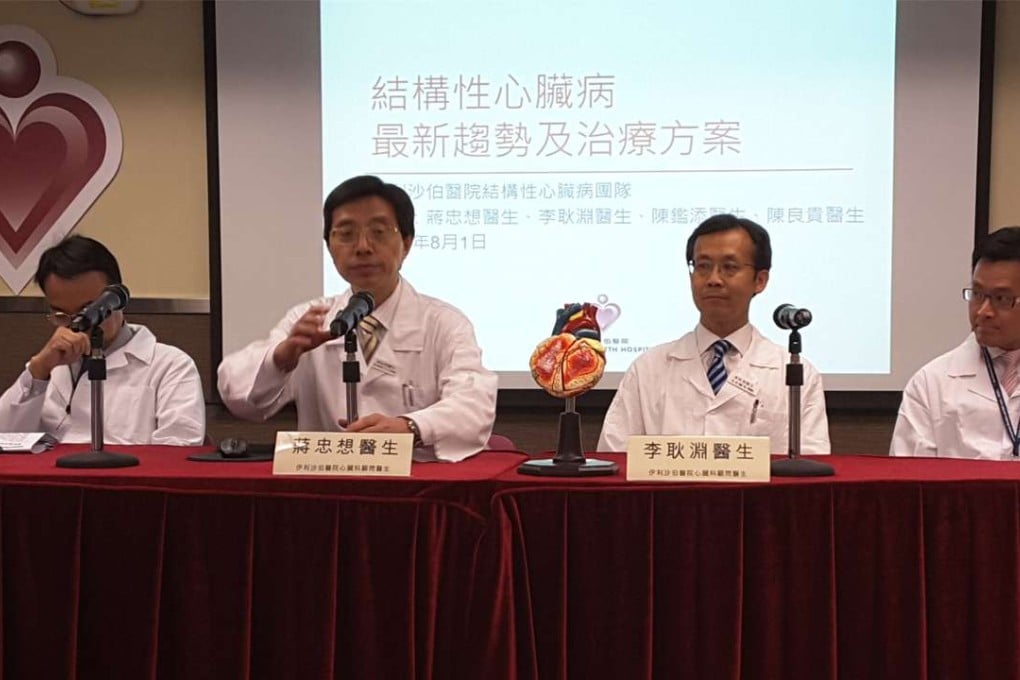How a 3D-printed heart helped surgeons pull off world-first operation on Hong Kong woman
Team at Queen Elizabeth Hospital replaces two heart valves through woman’s blood vessels in a single operation in what is a world’s first

Specialists at Queen Elizabeth Hospital have successfully conducted the world’s first ever heart surgery involving the replacement of two valves through blood vessels in a single operation.
Doctors conducted the highly complex operation on a 77-year-old woman.
The eight-person team used 3D-printing technology to create a detailed model of the patient’s heart to allow better planning and more practice, thus ensuring more precision during the actual procedure, which was carried out over four hours on June 27.
The team, which specialises in minimally invasive surgery on patients with heart disease from birth or developing with wear and tear, said traditional open heart surgery required cutting open the chest, leading to greater risk. This procedure is also not preferred for older or weaker patients as recovery can be lengthy.
The specialists said a better option was performing heart surgery through blood vessels, which requires only opening a hole in the body to access the targeted area. The procedure can minimise harm to a patient’s body and shorten the recovery time.